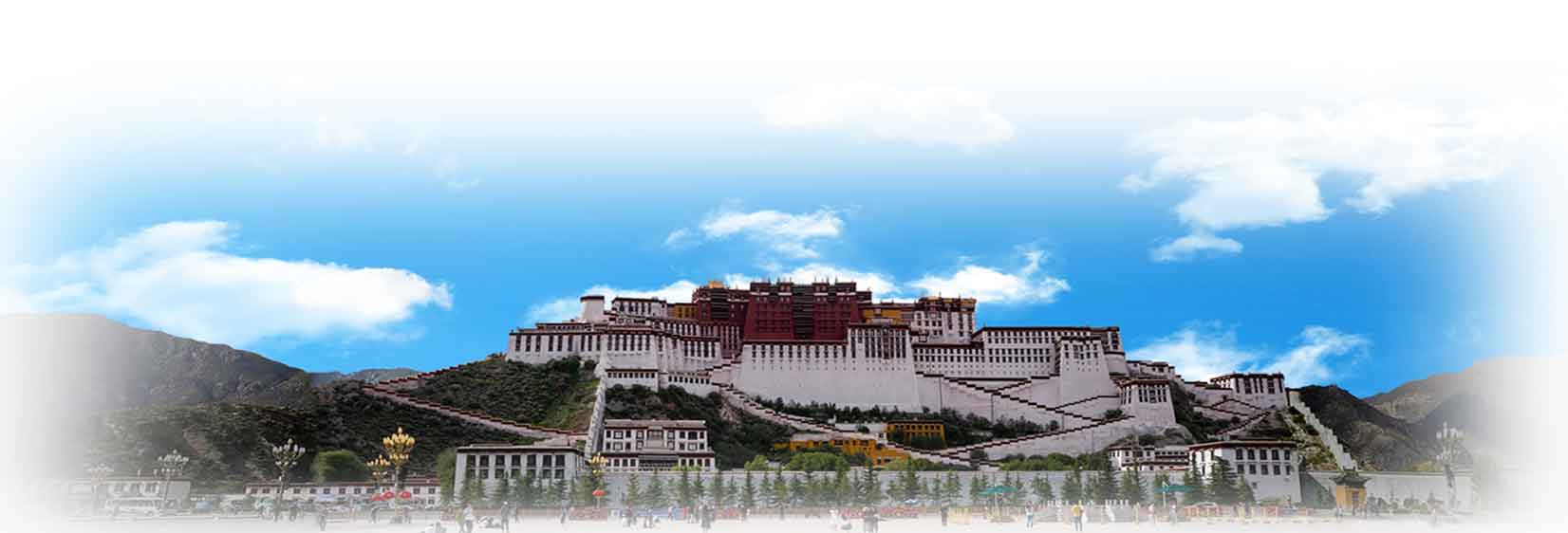Due to the illegal Chinese occupation of Tibet, His Holiness the 14th Dalai Lama, and about 80,000 Tibetans escaped Tibet.
The Tibetan Institute of Performing Arts (TIPA) is a premier institute that is entrusted with the responsibility of preserving and promoting Tibet’s ancient and unique culture including its rich musical heritage and arts. The institute was founded by His Holiness the 14th Dalai Lama on reaching Kalimpong in August 1959. It was later shifted to McLoed Ganj in 1961. Earlier named as the Tibetan Music, Dance, and Drama Society, it was one of the first institutes established by His Holiness the Dalai Lama. According to the vision of His Holiness, protecting the ancient Tibetan art culture is the responsibility not only of the concerned nation but also of the world community as a whole.



















